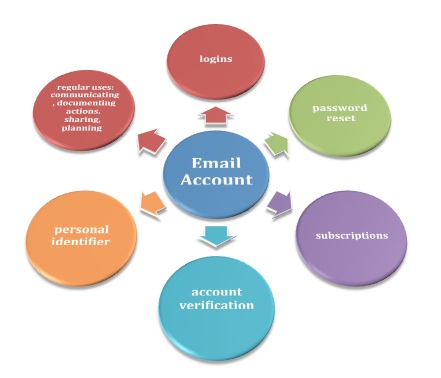Given my profession and personality, I’m a bit surprised at myself for having so many uncategorized posts and only 1 keyword (or tag), zombie. When I started The Deletist, I decided that the blog would be my creative space where I could write freely without judging myself. In keeping alignment with this goal, I didn’t want to create hierarchical categories before I knew what I would want to write about. I felt it might make me feel restricted in some way. Nor could I just haphazardly start creating categories without a sense of the whole vision.
A proper classification scheme, in this case my hierarchical blog categories, follow certain rules. I can’t properly create a sustainable scheme without following the rules or knowing the subjects I will choose to write about.
Some terms felt really obvious to me, such as Social Media, and then nesting specific social media apps underneath. But I can already see where my adhoc structure will fail me if I ever blog about Google+, which could rightfully belong underneath Google and Social Media. A further source of frustration for me was coming up with categories to describe the many posts I have about deletion, destruction, and purging. Is this really a category? It feels more like an action than a category.
This is a perfect example of how keywords could be really useful, if I had more than one. They can be a terrific way to start developing defined categories by looking for common terms and naturally developing patterns. I don’t really have any excuse for not assigning keywords other than that it just escaped my radar.
I think my own dilemmas highlight some common challenges people have in organizing their documents and information. It’s difficult to develop an organizational method for items without first understanding what is there or knowing what will be created in the future. And since nobody can predict the future, it becomes really challenging to create a scheme that will address everything created at that moment, but still be flexible and fluid enough to accommodate anything new.
I have to confess that after I finished the draft of this blog, I decided to add a new category, “deletion”, which took care of many previously uncategorized postings. Is that cheating? I’m not sure, but I decided to be a bit more creative and less judgemental with my blog categories for the moment. At some point I’ll get bothered enough and just redo everything.

